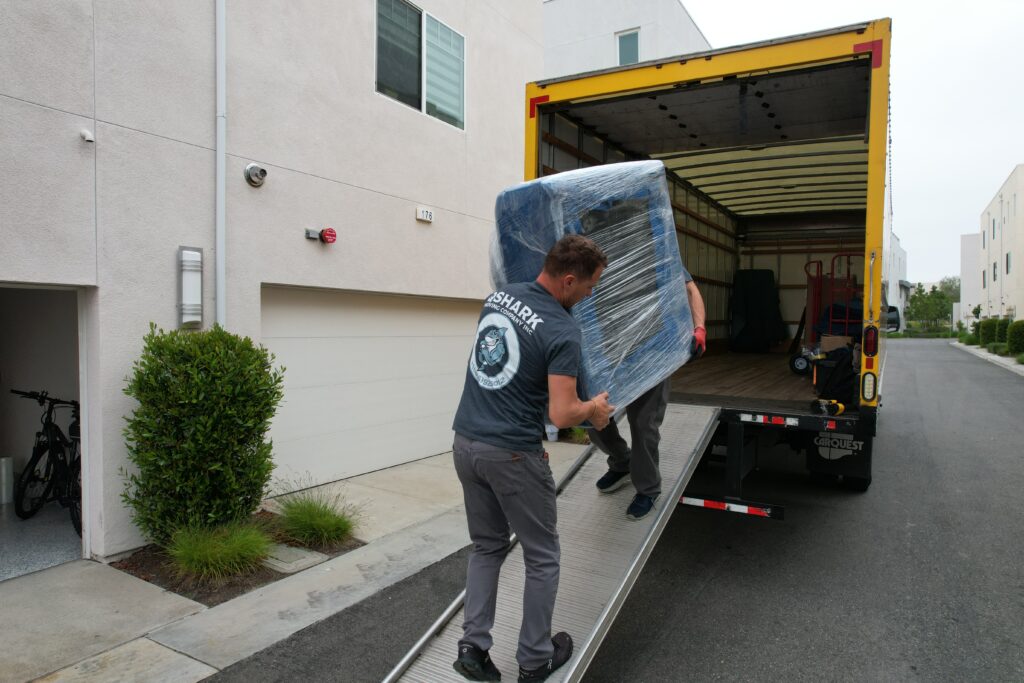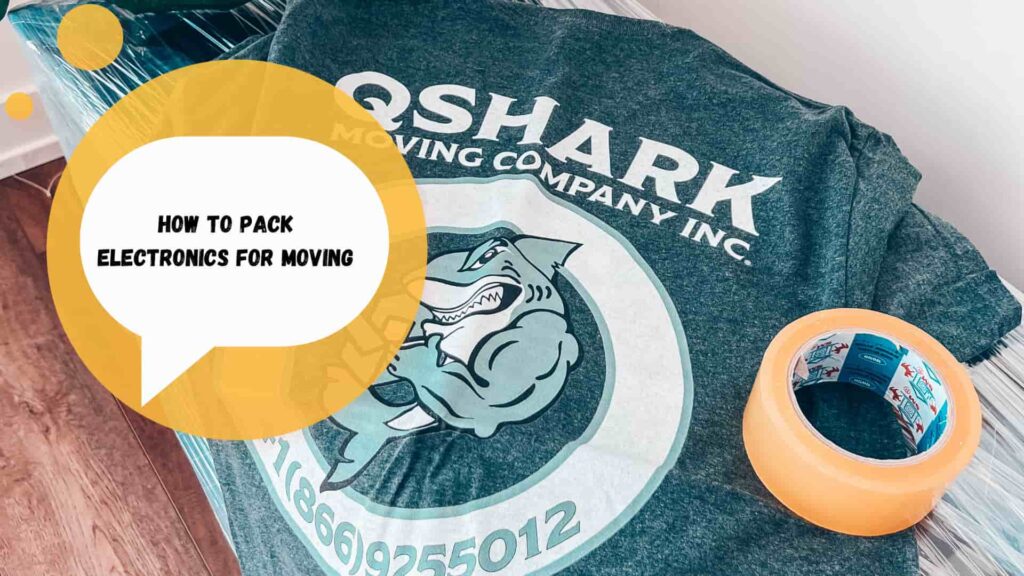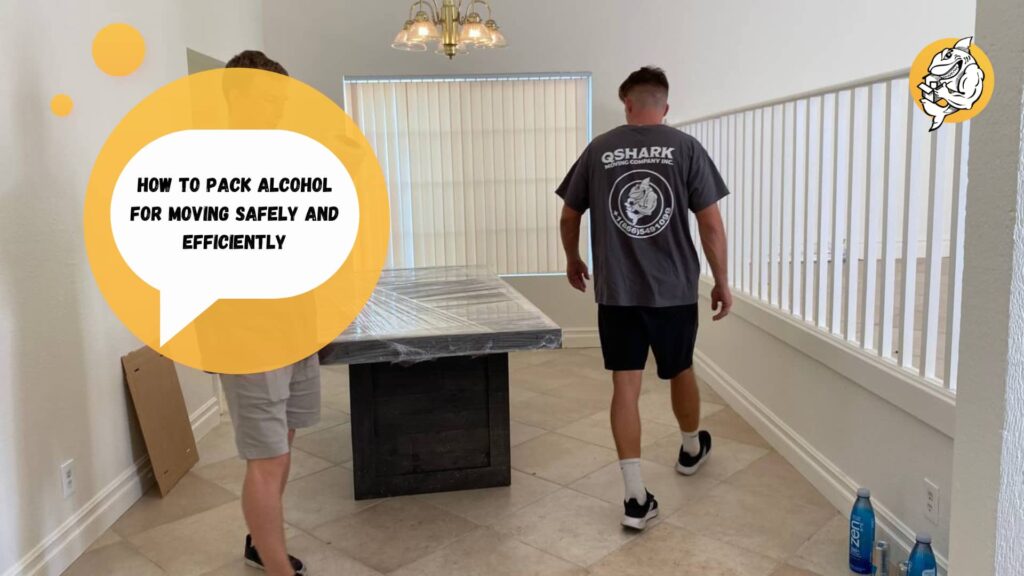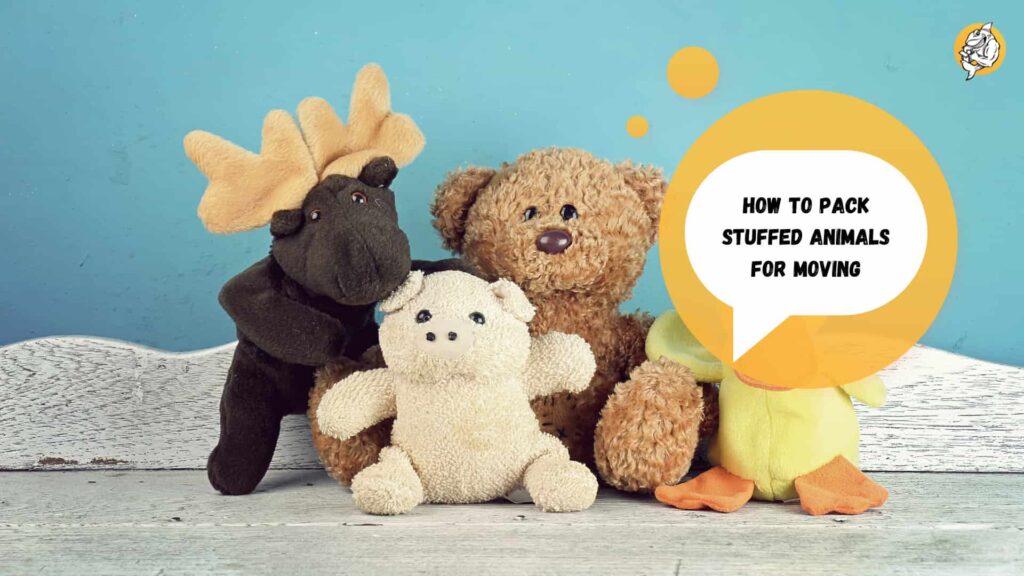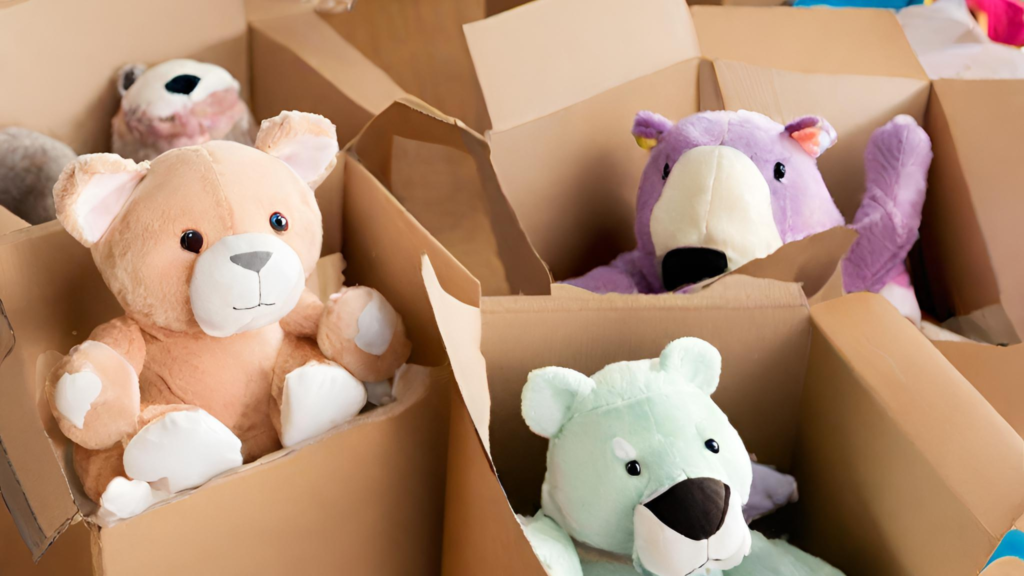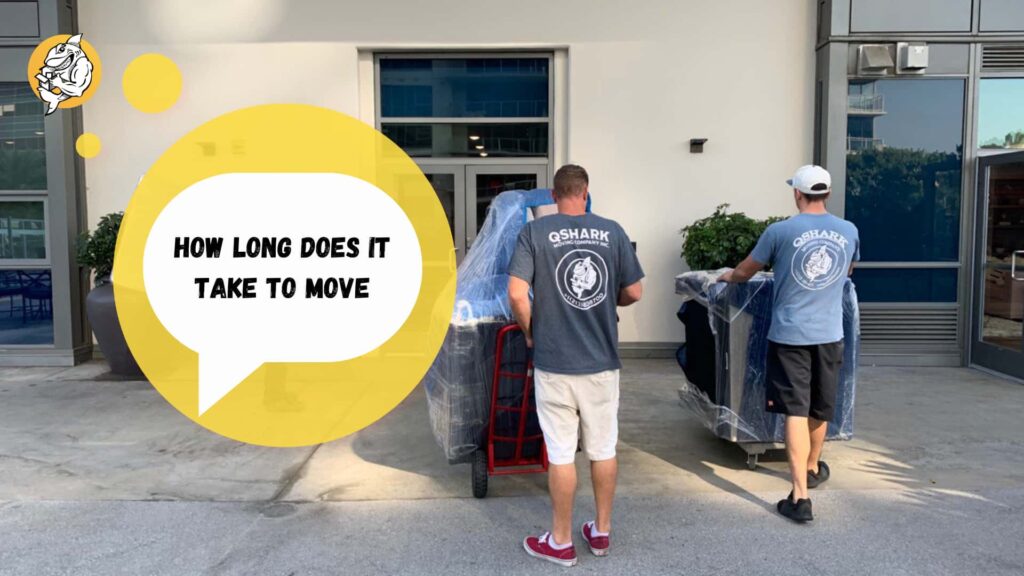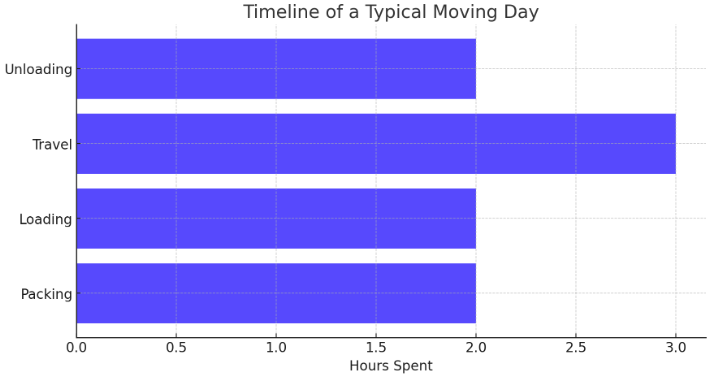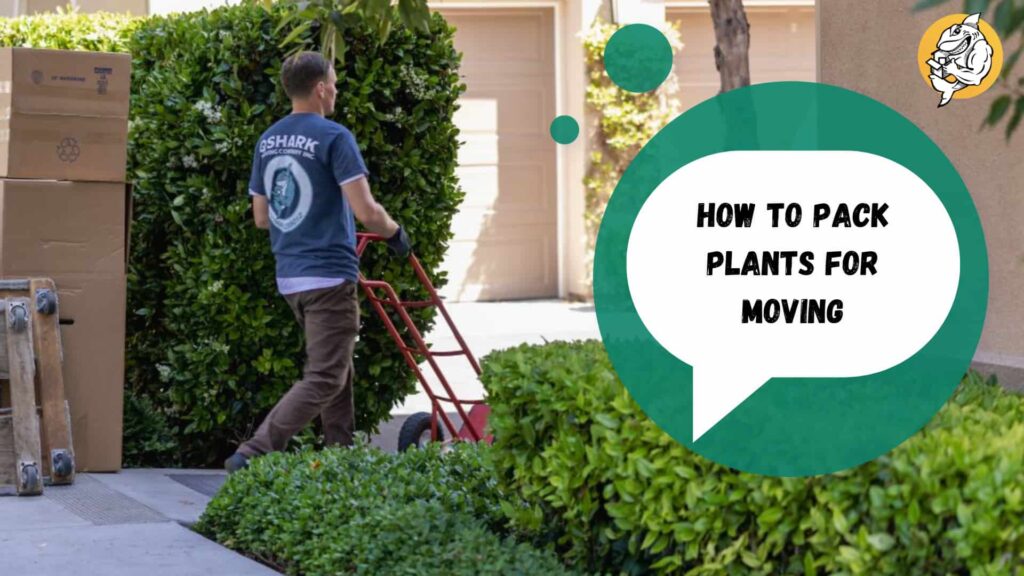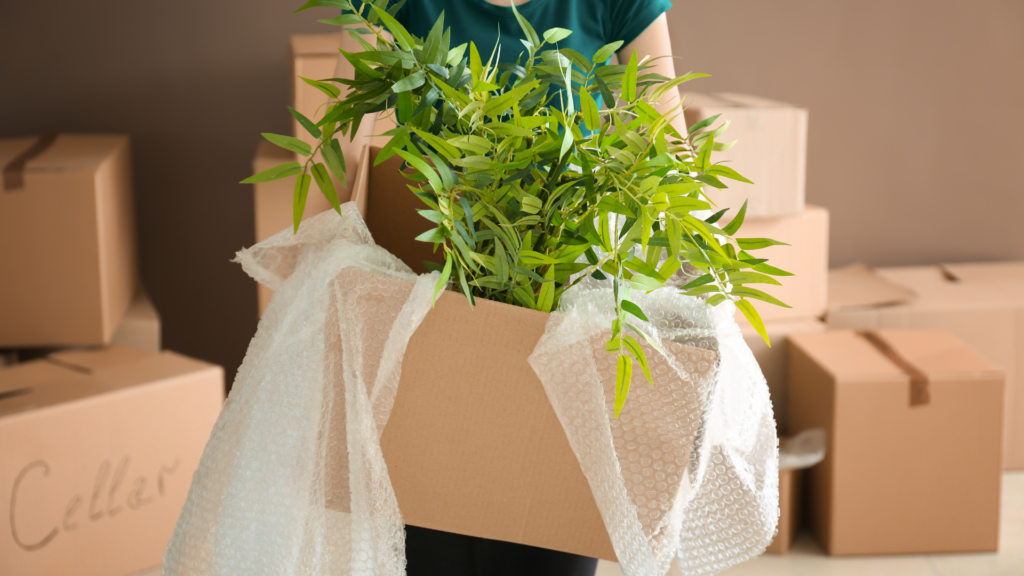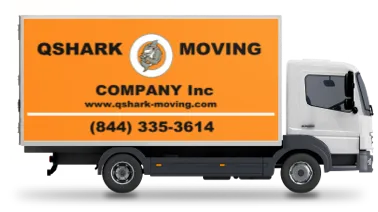Do Movers Disassemble Beds?
Do Movers Disassemble Beds? – Yes, many professional moving companies, including Qshark Moving Company, do offer services to disassemble and reassemble beds. However, there are some specifics you should know.
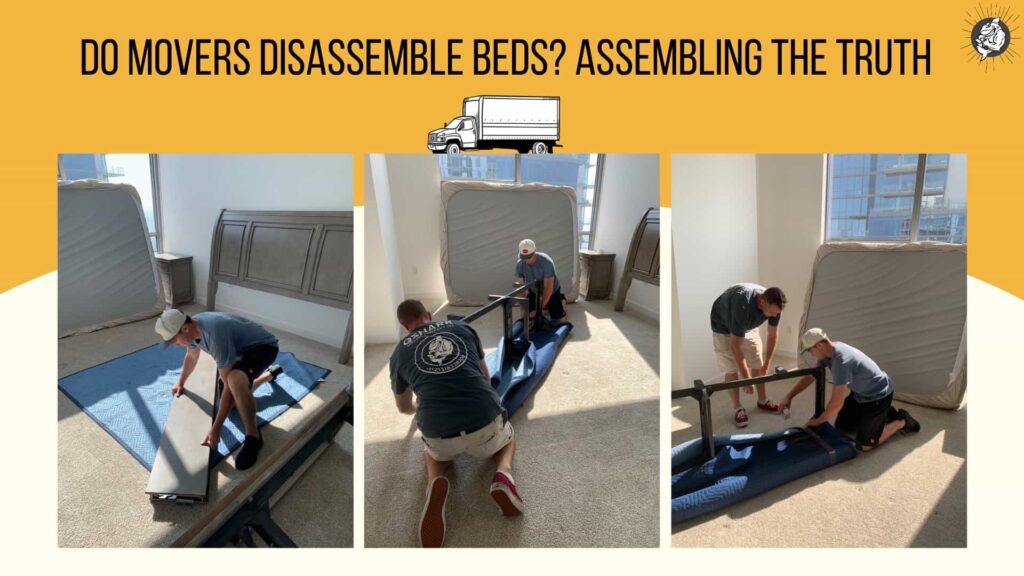

Types of Beds Movers Typically Disassemble
- Standard Bed Frames: Basic metal or wooden frames are usually straightforward to take apart and put back together.
- Platform Beds: These are also generally easy to disassemble, though they might have more parts.
- Bunk Beds: Yep, those get taken apart too!
- Murphy Beds: These wall beds can be complicated, so let your moving company know in advance.
| Type of Bed | Disassembly Level | Average Time Required |
|---|---|---|
| Standard Bed Frame | Easy | 15-30 mins |
| Platform Bed | Moderate | 30-45 mins |
| Bunk Beds | Complex | 45-60 mins |
| Murphy Beds | Specialized | 60-90 mins |
What Movers May Not Do
- Water Beds: Due to their unique construction and the potential for water damage, many movers won’t handle water beds.
- Antique Beds: These often require specialized disassembly and may fall outside the purview of standard moving services.
- Custom-Made Beds: These can have intricate designs and non-standard fixtures that might not be familiar to most movers.
Note on Liability and Insurance
Remember that the movers’ liability for damage can vary depending on whether you’ve opted for full-value protection or released value. Always clarify the insurance and liability terms, especially when it comes to furniture that requires disassembly and reassembly.
Why is Furniture Disassembly Important?
So, why all the fuss about furniture disassembly? It may seem like an extra step in an already hectic moving day, but it’s essential for a few reasons:
Easier Transport
Imagine fitting a large wardrobe or a bulky sofa through a narrow staircase or doorway. Sounds like a recipe for scuffs, dings, or worse, right? Disassembling furniture transforms unwieldy, awkward pieces into manageable ones. This makes it easier to transport them without damaging your furniture—or your home.
Efficient Space Utilization
Moving trucks aren’t TARDISes; they have limited space. Disassembled furniture is like a well-packed suitcase—it uses space more efficiently. This can be especially crucial if you want to cut costs, as more efficient packing could mean fewer trips or a smaller truck size.
Safety Measures
Let’s not overlook the safety aspect. Trying to lug large furniture pieces can be a safety hazard, both for you and the movers. Smaller, disassembled pieces are generally easier and safer to move.
Quick Stats
- 30%: Estimated increase in truck space utilization through disassembly.
- 50%: Roughly decreased the chance of furniture damage when disassembled.


Reasons for Disassembling Furniture
You might think shoving that dresser down the stairs is no big deal, but hold on a minute! There are more strategic—and safer—ways to go about it.
Safety First
Large furniture pieces are often heavy and unwieldy. Maneuvering them through narrow spaces or downstairs increases the risk of damage to the item and could even result in personal injury.
Efficiency Wins
Time is money, especially when you’re paying movers by the hour. Disassembled items are quicker to move, which could translate to savings on hourly rates for professional movers.
No Stress, Less Mess
Who wants to deal with the stress of getting that oversized sofa through a small doorway? Properly disassembled furniture saves you from last-minute headaches and stress, ensuring a smoother move. For instance, beds and dressers with clothes in them are simpler to move when disassembled.
Furniture to Consider Disassembling
- Large Tables
- Vanities
- Bookcases
- Cribs
- Dressers
By understanding the reasons behind furniture disassembly, you equip yourself with valuable knowledge that can make your move as smooth as possible. So, before moving day, please make a list, check it twice, and decide what needs to be taken apart for the journey.
Services Offered by Moving Companies
When it comes to moving, one size does not fit all. Different moving companies offer various services to cater to the diverse needs of customers. So, what are the options? Let’s break it down.
Full-Service Moving
What You Get: This is your all-inclusive package. Full-service movers handle everything from packing and loading to transporting and unloading. They’ll even disassemble and reassemble your furniture. Plus, services can extend to specialty items; for instance, at Qshark Moving Company, we handle everything from regular bed frames to bunk beds.
Cost: Generally more expensive but offers maximum convenience. Check out how much do movers cost in San Diego for a localized example.
Labor-Only Services
What You Get: With this option, the moving company provides the muscle, but you do the packing and unpacking. They’ll load and unload the truck, but furniture disassembly and reassembly are generally on you.
Cost: Less expensive but requires more effort on your part.
| Service Type | Packing | Loading | Transporting | Unloading | Furniture Assembly |
|---|---|---|---|---|---|
| Full-Service Moving | Yes | Yes | Yes | Yes | Yes |
| Labor-Only Services | No | Yes | Yes | Yes | No |


DIY Furniture Disassembly
Got a tool kit and a can-do attitude? You might be tempted to go the DIY route for furniture disassembly. But before you start unscrewing bolts and pulling out nails, here’s what you need to know.
Check the Manufacturer’s Manual
You kept it, right? The manufacturer’s manual will have precise instructions on how to disassemble the furniture. This is especially important for items with complicated joinery or multiple parts.
Use the Right Tools
You wouldn’t use a hammer where a screwdriver is needed, would you? The right tools make disassembly quicker and reduce the risk of damaging your furniture.
When to Seek Professional Help
While DIY can save money, it’s not always the best option for all furniture types. Antiques, high-value items, or complicated pieces like pool tables may require professional help. Weigh the risks and benefits before diving in.
Quick Tips
- Label Everything: Keep all screws, bolts, and other fasteners in labeled bags.
- Take Photos: Snap pictures at each step to help with reassembly later.
- Consult Tutorials: There’s a YouTube guide for almost everything. Just make sure to cross-reference with your manual.
Going DIY can be fulfilling, but knowing your limits is essential. Professional advice can be invaluable for specialized tips, such as how to pack plants for moving.
Frequently Asked Questions (FAQs)
Q: Do movers disassemble and reassemble beds?
A: Yes, most professional movers, including Qshark Moving Company, offer this service. However, always confirm with your specific mover.
Q: How much does it cost to disassemble a bed frame?
A: The cost can vary based on location, complexity, and your chosen moving company. You can refer to our San Diego moving cost calculator for localized costs.
Q: Do house movers disassemble other types of furniture?
A: Yes, movers often disassemble dining tables, gym equipment, and more. For an extensive list, see our Common Furniture Items That Require Disassembly section.
Q: Can I keep my dresser drawers full?
A: It depends on the moving company’s policy and the dresser’s weight. For more details, check out will movers take dressers with clothes in them.
Q: Do movers disassemble bunk beds?
A: Yes, bunk beds are generally disassembled for safe and efficient transport.
Q: What items might movers refuse to move?
A: Items that are combustible, high-value without prior arrangement, or require specialized handling may be off-limits. Always check beforehand.
Q: What tools will I need for DIY furniture disassembly?
A: A basic tool kit with screwdrivers, a hammer, and a wrench set should suffice for most furniture.
Q: Can I disassemble my own furniture to save money?
A: Yes, you can, but ensure you have the manufacturer’s manual, the right tools, and ample time. Check out our tips on how to prepare for movers to pack if you’re considering this option.





